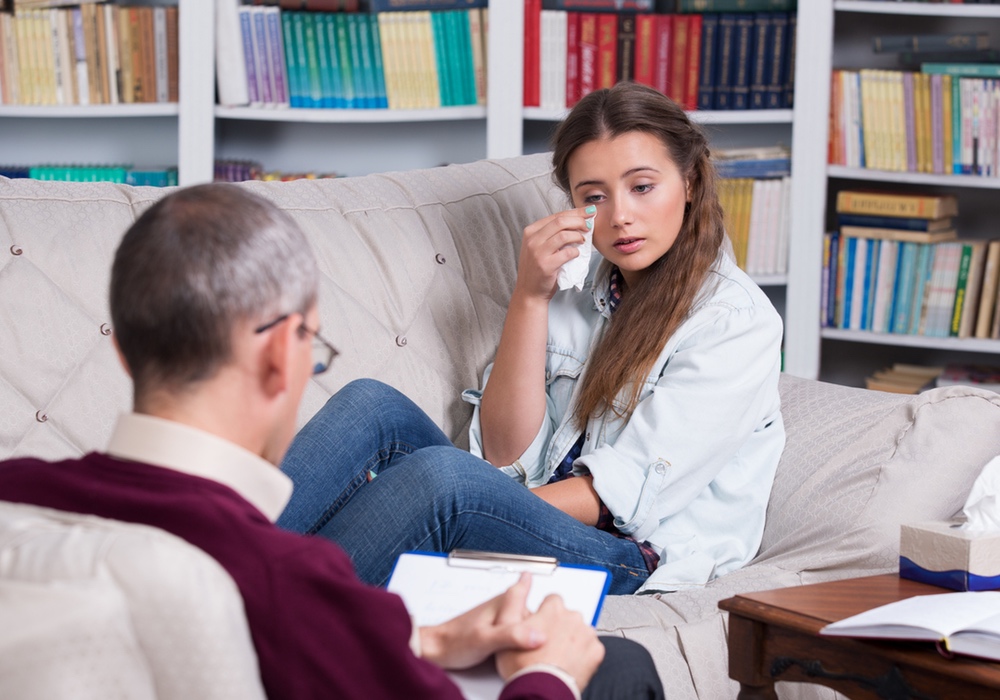Depression often begins in adolescence. That's why the University of Michigan developed a depression program that teaches teens and educators about depression. The Peer-to-Peer Depression Awareness Program, or P2P, trains students to develop and lead depression awareness sessions.
“Depression often starts early in life, so our efforts should match that. Providing education and advice on recognizing depression and anxiety, and de-stigmatizing it, begins in the schools,” Sagar Parikh, the study's lead author and associate director of the Depression Center at Michigan, said in a statement.
About 7.5 percent of teens will have experienced depression in the last year, estimates show. But depression often goes unrecognized, hidden by the behaviors that are tied to it: alcohol and drug use, smoking, poor academic performance and problems with parents and peers. These behaviors and the depression underlying them can lead to suicidal thinking, suicide attempts and suicide.Depression often goes unrecognized, hidden by the behaviors that are tied to it: alcohol and drug use, smoking, poor academic performance and problems with parents and peers.
A study of the program looked at data from 878 students. It found that participants in student-led awareness campaigns were more likely to:
Just as important was what students were less likely to do: Those who had participated in the program said they were less likely to feel uncomfortable around a hypothetical new student with depression at the school. They were also less likely to avoid a depressed peer.
The teens who helped design and lead the P2P campaigns, with training and oversight from school faculty and Depression Center staff, were even more likely to feel comfortable talking about mental health issues with their peers by the end of the campaign, and confident about their ability to identify signs of depression in schoolmates and to help them get the mental health services they might need.
The study is published in Psychiatric Services.





